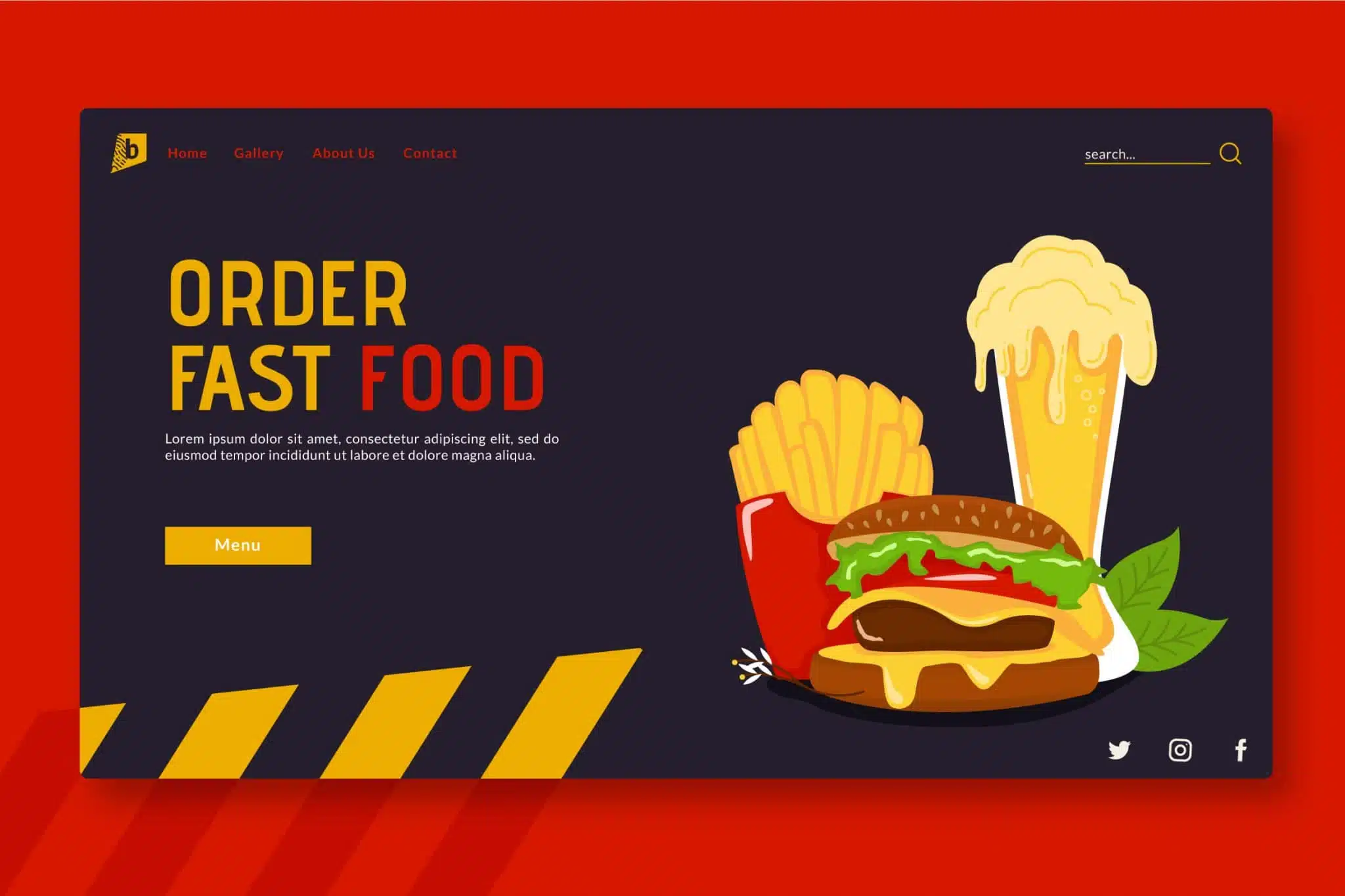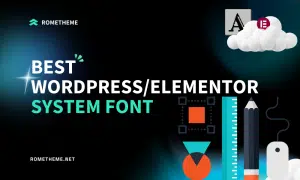

Still about landing pages, if we previously told you what a landing page is, here we will write down several types of landing pages that you can use according to your product promotion needs. First, know your goal in developing a landing page, then determine the type of landing page.
Using a landing page allows you to complete a post-click sequence with a custom page that shows visitors that they’ve landed in the right place. A home or product page that is full of options has the potential to create a buzz, while a landing page makes it clear what results from a visitor’s click-through will produce. By creating a landing page, you improve and increase your visitor engagement and thereby increase the chances of conversion. You can increase your chances of conversion even further by ensuring that you are using the right type of landing page. Let’s take a look at the varieties of landing pages and what they are used for.
The home page contains a lot of information and invites the user to navigate to different locations. Landing pages remove the intermediate step by becoming the page the user wants without having to look at other services and options first.
Lead generation or lead capture landing pages are primarily intended for gathering leads via a data capture form. These pages are very versatile but are most often used at the point where a customer evaluates your offer and is in a position to choose to convert or leave. Usually, you have to present a request and a gift at the same time. The rewards are the special offers you promote to get leads, and the requests are the information you requested in your form. Therefore, demand and reward must be balanced.
Click-through pages are pages that require no form at all. It is a simple intermediary between your ad and the page to which you ultimately want to direct your customers. This is often used to link ads to a shopping cart for example. It just requires a simple and concise explanation of what the visitor has found by clicking and a bold and clear call to action with a link to the final destination.
Unlike lead generation pages, their sole purpose is to collect emails to add potential to a general mailing list. They are short basic landing pages with bold headers and minimal content. Apart from the abbreviations, there should also be a link to take the reader to the next step and an exit option if the visitor doesn’t want to continue.
With this page, you are no longer just looking for prospects you have to find people to buy. From page creation to design, it requires a touch of subtlety and a complete understanding of your customer’s needs and their position in the sales journey. You can sell too hard at this point and turn your client down, or you can sell lower and still lose sales. This is where communication and design skills come into play.
The length of the page really depends on your product and how much you need to say to explain its value to your customers. Regardless of the length, there needs to be a tone of detail whose purpose is to clearly demonstrate this value, by getting them to click that button and make a purchase.
Infomercial landing pages are a stark contrast to squeeze or lead generation pages in that respect, whereas both varieties are characterized by their brevity, infomercials telling your readers a long and complex story. The goal is to keep readers scrolling and get them to commit to buying.
A landing page can be used at any time in your sales funnel and is probably the most basic type of landing page. They usually have very few copies, one or two bold images, and very simple communication, usually a simple ‘yes’ or ‘no’ announcement or request. They are not intended to collect data or generate leads and only serve to provide your visitors with very basic information before they enter your website such as asking your readers to verify their age or select their language preference before proceeding to your website.
Viral landing pages are meant primarily to build brand awareness. While they usually contain links to company websites or other web pages, these are usually presented in a subtle and unobtrusive manner. The key here is content, which should be informative and/or fun enough to engage readers and hopefully get them to share the page. The content can be a written copy or it can be a video, image, or even a game.
A microsite, as the name suggests, is a dedicated mini-website. It is created for a specific campaign or with a single targeted sales objective. It’s more than a page, but it’s still described as a kind of landing page because it’s set aside for one particular aspect of the sales and promotion effort. Microsites are driven by online advertising or work in conjunction with TV advertising campaigns.
Understand the various landing pages above and determine the type of landing page that can help you promote your business.
source: wsiworld.com




